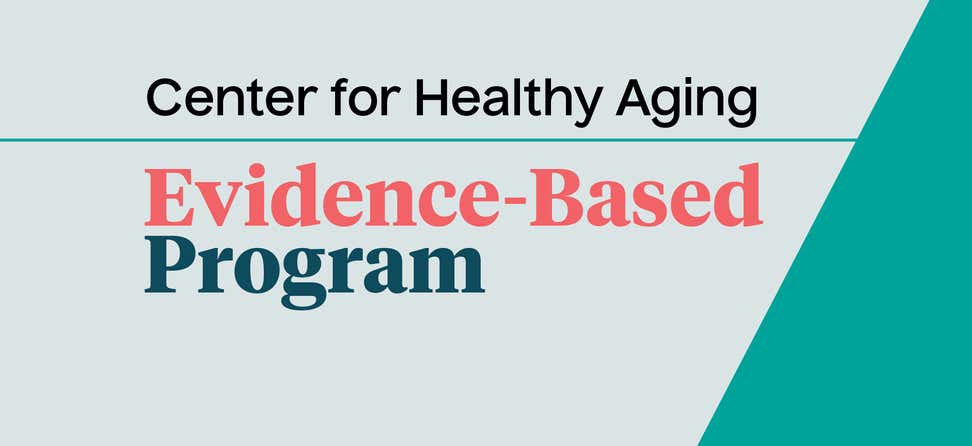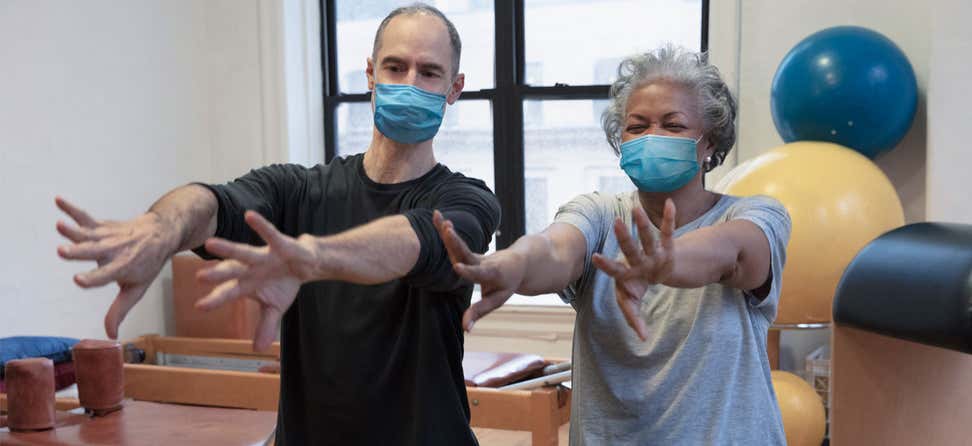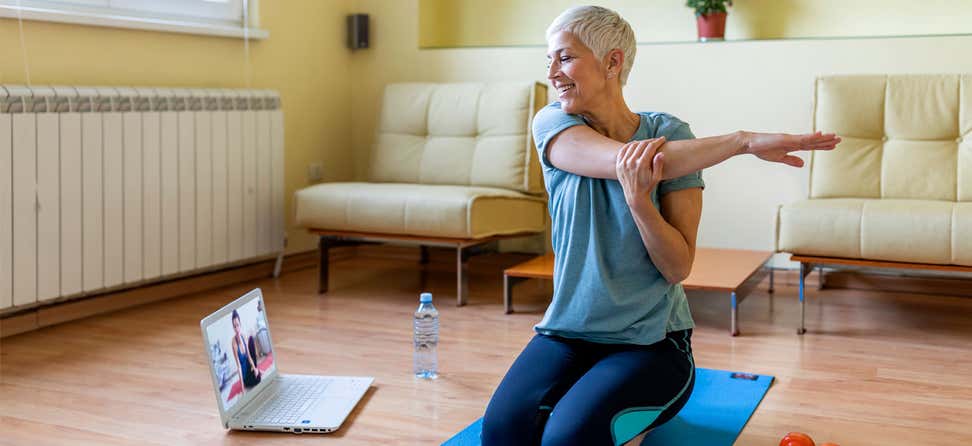Key Takeaways
Address barriers to physical activity in your community by fostering self-confidence, social support, and skills to set realistic goals.
Active Living Every Day (ALED) is an evidence-based behavior change program. The approach is unique because it addresses the root causes of inactivity rather than simply prescribing exercise. The program allows the flexibility of being offered independently or in conjunction with existing community-based physical activity programs. Using facilitated group-based problem-solving methods to integrate physical activity into everyday living, participants learn the skills they need to become and stay physically active:
- Identifying and addressing barriers to physical activity
- Increasing self-confidence about becoming physically active
- Creating realistic goals and rewards for physical activity
- Developing social support
- Recovering from lapses in physical activity
The program is based on the research study Project Active conducted at The Cooper Institute, and several subsequent studies. The Centers for Disease Control and Prevention (CDC), Robert Wood Johnson Foundation, National Council on Aging, Arthritis Foundation, National Recreation and Park Association, Administration for Community Living/Administration on Aging, and National Institutes of Health (NIH) have funded or recommend Active Living Every Day, due to its strong research base.
Additional topics include evidence-based, lifestyle focus, worksite wellness.
Note: Track health promotion program guidance during COVID-19 regularly for updates to program implementation and training options. Programs traditionally implemented in-person may be temporarily allowable by telephone or online.
- Target audience: Adults of all ages referred by a variety of organizations such as worksites, hospitals, community health programs, colleges, fitness centers, older adult programs and residences, and grant-funded initiatives.
- Health outcomes:
- A randomized, clinical trial was conducted with 235 participants to compare the 24-month intervention effects of a lifestyle physical activity program with traditional structured exercise on improving physical activity, cardio respiratory fitness, and cardiovascular disease risk factors. Both the lifestyle and structured activity groups had significant and comparable improvements in physical activity and cardio respiratory fitness from baseline to 24 months.
- A subsequent study was conducted to translate the program into practice within a community setting. Four community-based organizations implemented Active Choices, a six-month, telephone-based program, and five implemented Active Living Every Day, a 20-week, group-based program. (The program is now 12 weeks.) Both programs emphasize behavioral skills necessary to become more physically active. Participants completed pretest and posttest surveys. Participants (n=838) were aged an average of 68.4 ±9.4 years, 80.6% were women, and 64.1% were non-Hispanic White. Seventy-two percent returned posttest surveys. Intent-to-treat analyses found statistically significant increases in moderate to vigorous physical activity and total physical activity, decreases in depressive symptoms and stress, increases in satisfaction with body appearance and function, and decreases in body mass. index.
- ALED has been tested extensively with older adults, as part of the Robert J. Wood Foundation-funded Active for Life initiative, and as part of NIH and CDC-funded studies, among others. Major findings from these studies indicated that program fidelity can be maintained when introducing Active Living Every Day into a community setting. In other words, what worked well as part of a clinical trial also works well when you offer it in the community without strict research protocols. The research also shows positive changes in physical functioning – being able to maintain functional fitness levels – and that changes in physical activity levels can be maintained at least 6 months after participating in a class.
- Recruiting Older Adults Into a Physical Activity Promotion Program: Active Living Every Day Offered in a Naturally Occurring Retirement Community
- Physical activity programs for chronic arthritis
- Internet-delivered behavior change program increases physical activity and improves cardiometabolic disease risk factors in sedentary adults: Results of a randomized controlled trial
- Delivered by: A trained facilitator, who may have a background as a wellness coach, certified fitness instructor, nurse, teacher, public health professional, or a lay leader. At least 1 trained facilitator is needed per class. Implementation allowable by email, phone, or video-conferencing utilizing the new program book and online resources.
- Program type: Group
- Format: In-person at home, in-person in community, remote instruction via online or by telephone
- Length: 12-week group-based program, one-hour session per week
- Training: The self-paced training course includes an Active Living Every Day Facilitator Training course workbook, access to the Active Living Every Day Facilitator online exam and facilitator resources, including lesson plans, PowerPoint slides, class handouts, administrative forms, and customizable marketing materials, as well as a copy of the Active Living Every Day participant book and access to participant online resources.
- Professional required: No, uses a variety of staff to implement the courses. Professionals not involved in the health care field can serve as facilitators.
- Accessibility adaptations available: Yes
- Cultural adaptations available: Yes
- Available in languages other than English: No
- Topic(s):
- Physical Activity
- Behavioral Health
- Chronic Disease
- Falls Prevention
- Contact: Jennifer Mulcahey









